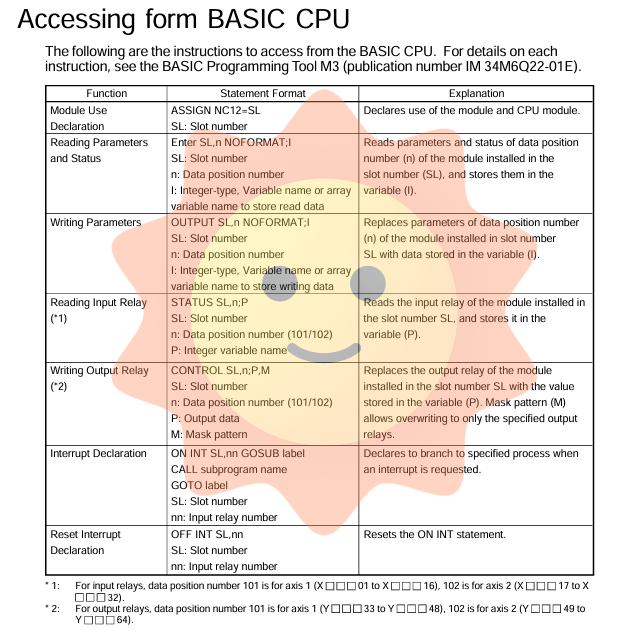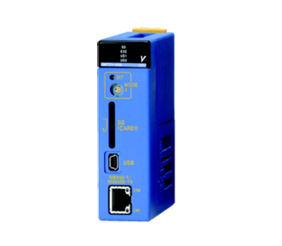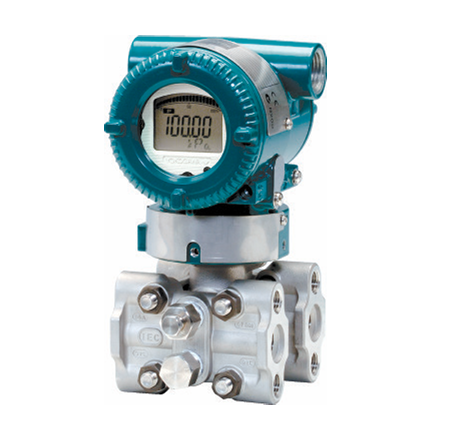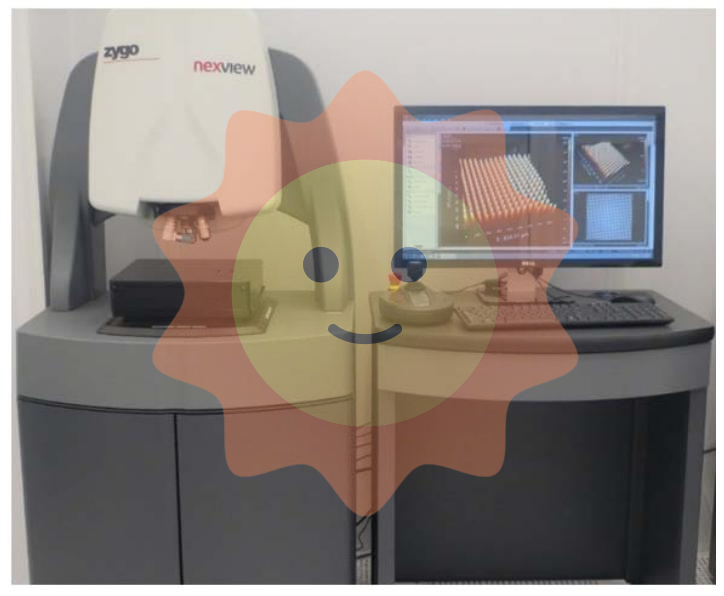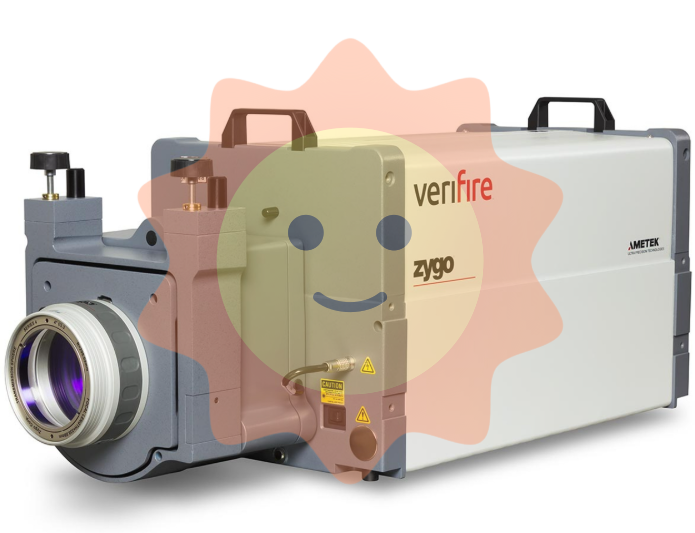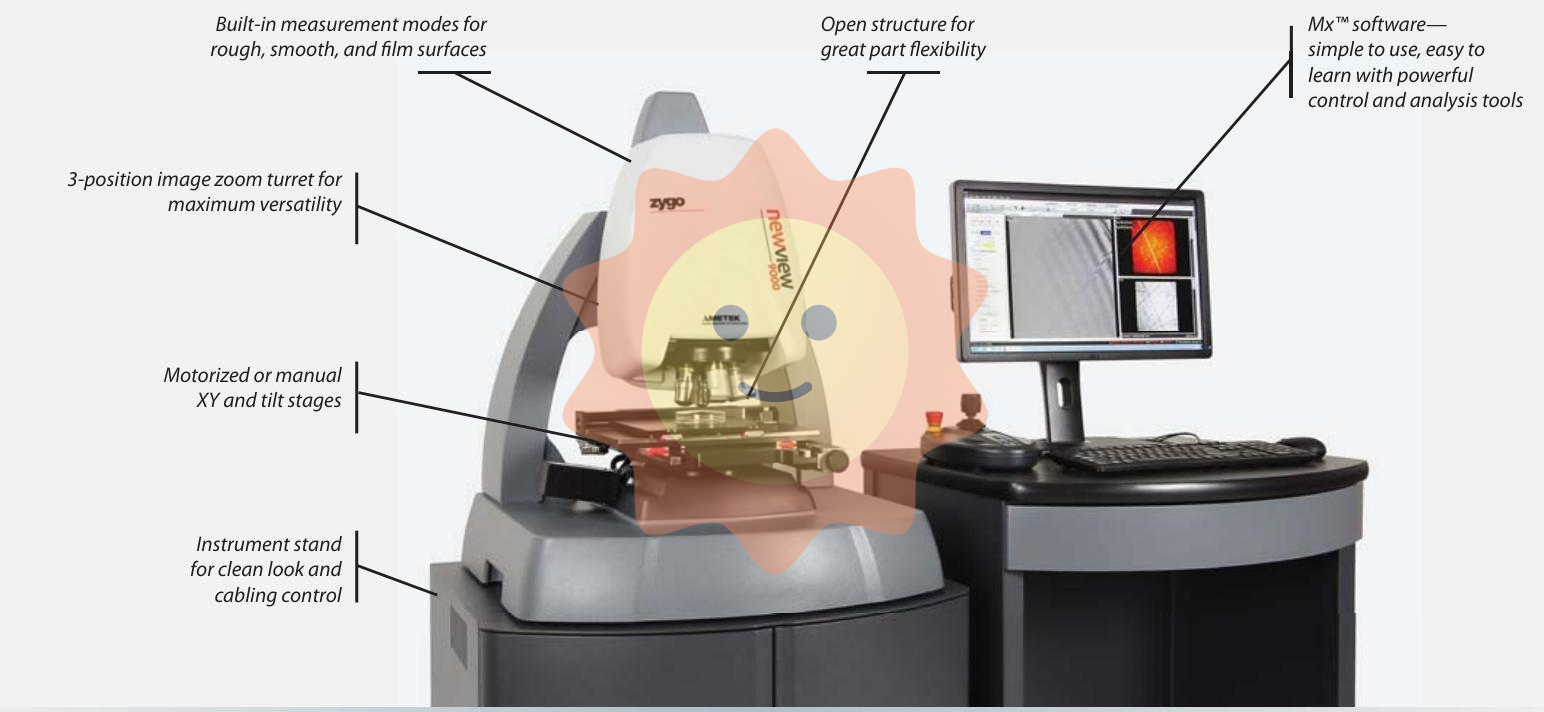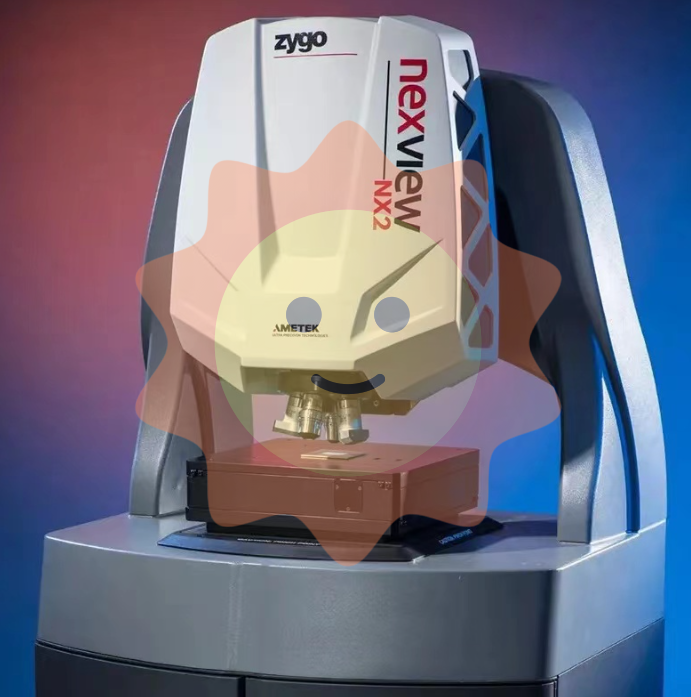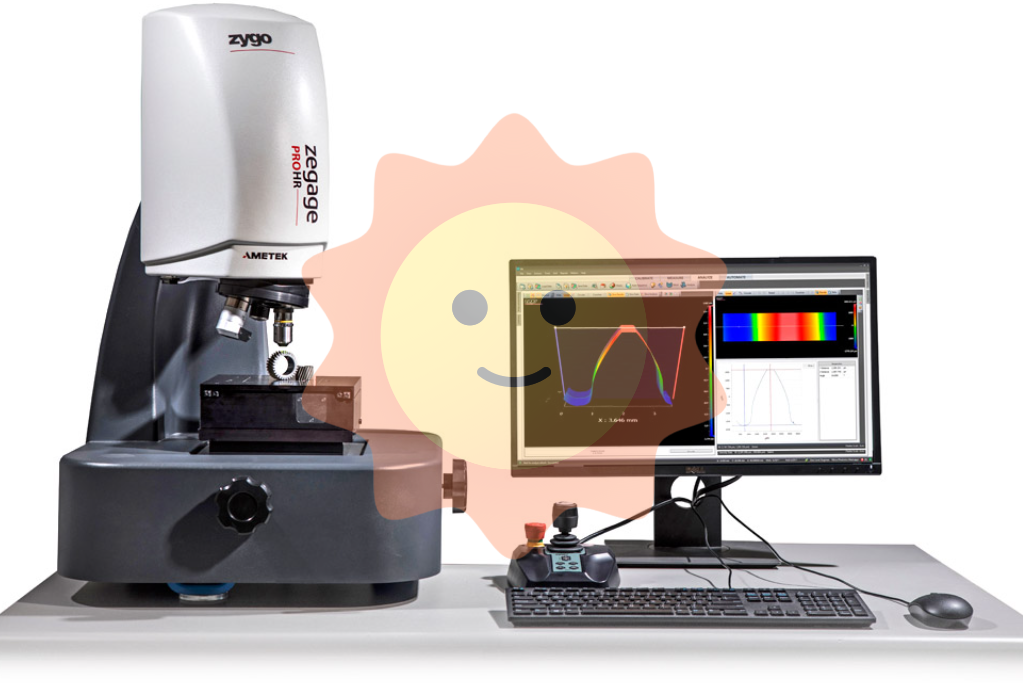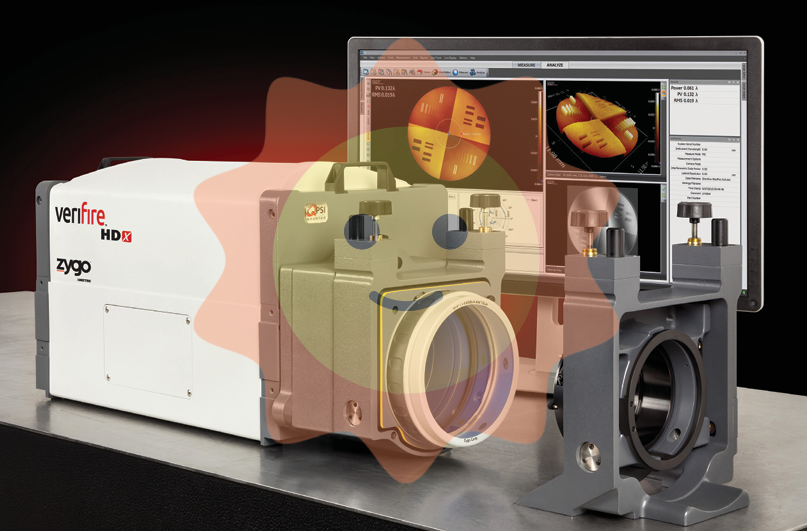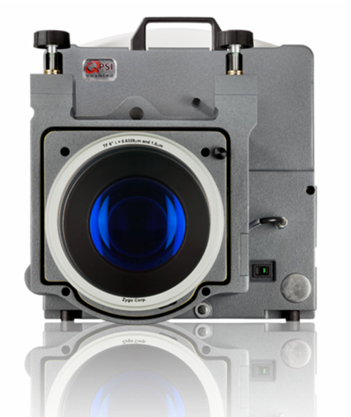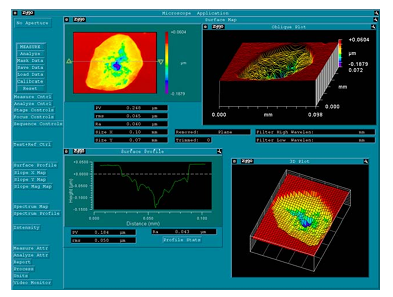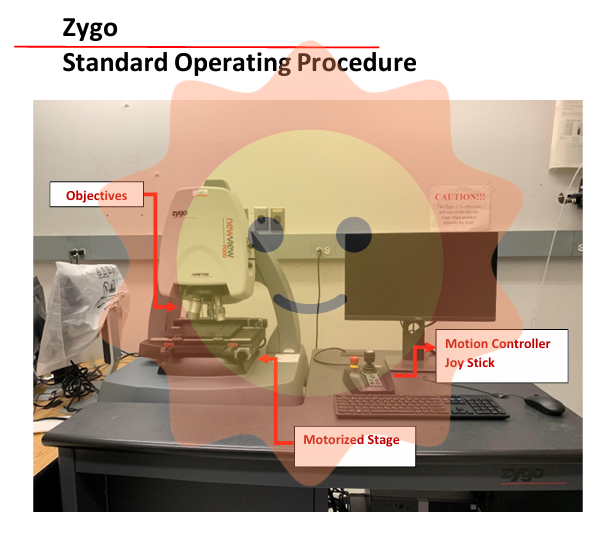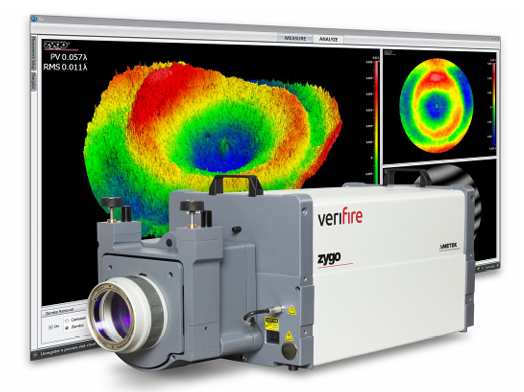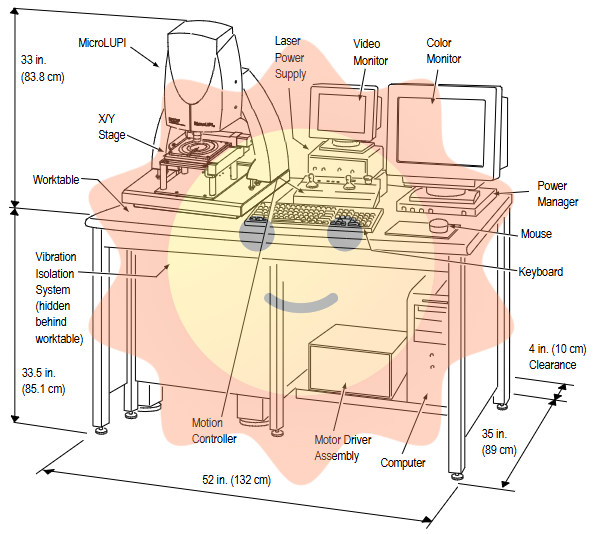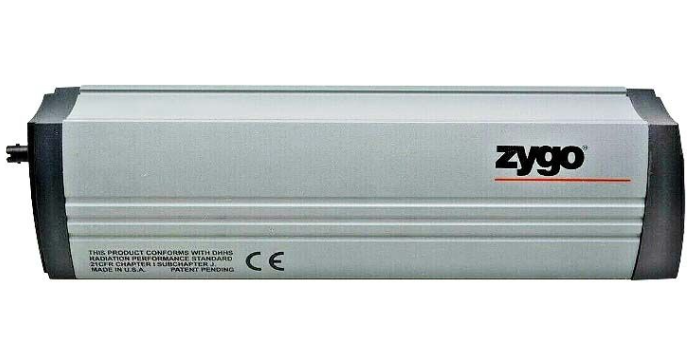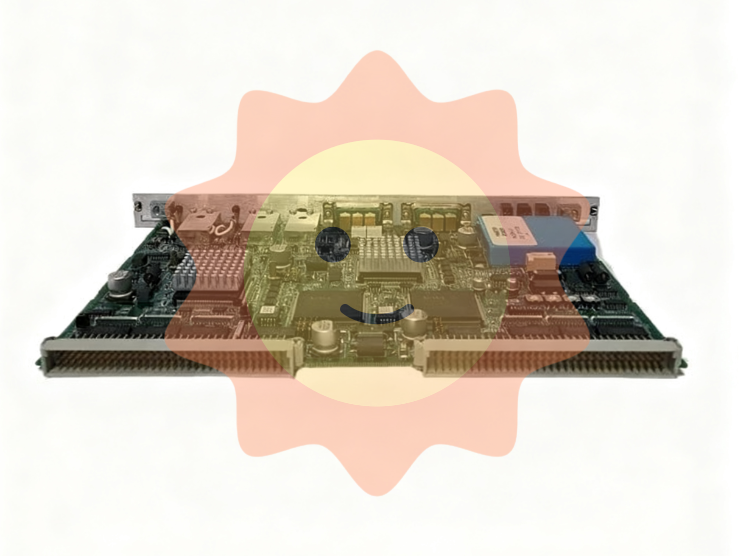ABB TP830 (order number 3BSE018114R1) is a highly compatible industrial substrate module designed specifically for module installation, signal conversion, and power distribution in ABB automation control systems. Its core function is to serve as the "installation carrier" and "signal hub" for devices such as controllers, I/O modules, and communication modules, achieving physical fixation, electrical connection, and power distribution of multiple modules, while ensuring the stability and anti-interference of signal transmission between modules. This substrate module is mainly suitable for DCS systems such as ABB Symphony Plus and Advant OCS, and is particularly suitable for high-density module assembly scenarios in industrial cabinets. It is a fundamental component for building stable and efficient automation control systems.
ABB TP830 3BSE018114R1 Baseplate Module
Product core positioning
ABB TP830 (order number 3BSE018114R1) is a highly compatible industrial substrate module designed specifically for module installation, signal conversion, and power distribution in ABB automation control systems. Its core function is to serve as the "installation carrier" and "signal hub" for devices such as controllers, I/O modules, and communication modules, achieving physical fixation, electrical connection, and power distribution of multiple modules, while ensuring the stability and anti-interference of signal transmission between modules. This substrate module is mainly suitable for DCS systems such as ABB Symphony Plus and Advant OCS, and is particularly suitable for high-density module assembly scenarios in industrial cabinets. It is a fundamental component for building stable and efficient automation control systems.
Key technical parameters
1. Basic specifications
Model identification
TP830 3BSE018114R1
The standard order number corresponds uniquely to the model, ensuring the accuracy of procurement and traceability
Dimensions (W × H × D)
320mm×120mm×25mm
Compliant with ABB standard cabinet installation dimensions, suitable for 19 inch cabinets, with a thickness of only 25mm, saving installation space
Weight
About 0.8kg
Adopting lightweight aluminum alloy material, balancing structural strength and installation convenience, a single substrate can carry a module weight of ≤ 5kg
Protection level
IP20
Suitable for installation inside indoor cabinets, effectively preventing dust and solid particles from entering, protecting internal wiring terminals and circuits
Installation method
19 inch cabinet rail installation (compatible with DIN standard rails)
Supports horizontal or vertical installation, equipped with quick fix buckles, and installation time is reduced by 60% compared to traditional screw fixation
2. Electrical and Connection Characteristics
Power distribution capability:
Supports 24V DC centralized power supply, equipped with 2 independent power input terminals (maximum input current 20A), capable of supplying power to 8 standard modules simultaneously
Built in overcurrent protection circuit, each module power supply channel has 3A overload protection. When a single module is short circuited, only the power supply of that channel is cut off, without affecting the operation of other modules
Signal transfer interface:
Provide 8 module slots (compatible with ABB S800 series I/O modules and communication modules), each slot is equipped with a 64 pin gold-plated connector, with contact resistance<5m Ω and low signal transmission loss
Supports the conversion of digital signals (DI/DO), analog signals (AI/AO), and communication signals (such as SP bus, Profinet) without the need for additional signal conversion modules
Built in signal filtering circuit, with a filtering accuracy of ± 0.1% FS for analog signals (4-20mA/0-10V), effectively suppressing signal fluctuations caused by electromagnetic interference
Communication expansion capability:
Equipped with 2 SP bus interfaces (compatible with ABB Symphony Plus system bus), supports bus cascading, and can achieve expansion connection of multiple substrates (up to 16 cascaded)
Reserve 1 Gigabit Ethernet interface (RJ45 type) for substrate status monitoring and remote diagnosis, with a data transmission rate of 1Gbps and a latency of ≤ 10 μ s
3. Environmental adaptability
Working temperature: -30 ° C to 70 ° C, passed high and low temperature cycling tests (-30 ° C freezing for 2 hours → 70 ° C high temperature for 2 hours, cycled 50 times), with no performance degradation
Storage temperature: -40 ° C to 85 ° C, meeting the extreme temperature requirements for long-term inventory and cross regional transportation
Relative humidity: 5% -95% (no condensation), PCB board adopts conformal coating three proof coating (acrylic material), moisture-proof, corrosion-resistant, and mold resistant, suitable for humid environments such as paper mills and sewage treatment plants
Anti interference: Complies with IEC 61000-6-2 (industrial anti electromagnetic interference) standard, with built-in electromagnetic shielding layer (aluminum foil+copper mesh double-layer shielding). In strong interference environments with dense frequency converters and high-voltage motors, the signal transmission error rate is less than 10 ⁻⁹
Vibration and impact: able to withstand sinusoidal vibrations within the frequency range of 10-500Hz with an acceleration of 2g; Capable of withstanding a peak acceleration of 15g and an impact duration of 11ms, suitable for scenarios such as equipment start stop and transportation bumps
Core functions and advantages
1. Efficient module integration and signal management
As a multi module "integrated platform", the TP830 substrate can simultaneously install 8 different types of ABB modules (such as AI801 analog input module, DO801 digital output module, communication module), and achieve electrical connections between modules through built-in signal conversion circuits without the need for additional wiring, reducing 80% of the wiring workload inside the cabinet. At the same time, the substrate manages different types of signals (digital/analog/communication) in zones. Digital signals and analog signals use independent wiring terminals and shielded paths to avoid signal crosstalk and ensure transmission accuracy of ± 0.05% FS for analog signals, meeting precision control requirements.
2. Stable power supply and safety protection
Redundant power supply support: Supports dual 24V DC power input (such as ABB S800 series redundant power module). When one power supply fails, the other power supply can seamlessly switch within 10ms, ensuring continuous power supply to all modules and avoiding system shutdown caused by power failure
Classification protection mechanism:
Input level: equipped with a 20A overload protector to prevent substrate damage caused by external power short circuits
Allocation level: Each module power supply channel has independent 3A overcurrent protection, and a single module failure does not affect the overall power supply
Signal level: The analog signal channel is equipped with a surge protector (SPD) that can withstand surge voltages of 1.2/50 μ s (8kV), protecting the module signal interface from lightning strikes or voltage surges
Power supply status monitoring: The front of the substrate is equipped with power indicator lights (1 LED light for each input power supply) and channel power indicator lights (1 LED light for each module power supply), which can intuitively determine the power supply status and facilitate quick troubleshooting of power supply faults
3. Flexible expansion and system compatibility
Cascade expansion of substrates: Multiple TP830 substrates can be cascaded through the SP bus interface, supporting up to 16 substrates to form a module group and connecting 128 standard modules, meeting the multi module integration requirements of large industrial systems (such as large chemical plants and power plants)
Cross system compatibility: not only compatible with ABB Symphony Plus and Advant OCS systems, but also with some modules of ABB 800xA system (such as CI854 communication interface module), while supporting third-party module access that complies with IEC 61131-2 standard (compatibility testing is required), reducing the cost of system upgrades and modifications
Installation flexibility: Supports horizontal or vertical installation of 19 inch cabinets, and is compatible with DIN standard rails (35mm rails). The installation method can be flexibly adjusted according to the cabinet space layout to adapt to different specifications of industrial cabinets
4. Convenient diagnosis and operation management
Status monitoring and warning: can be connected to ABB Ability through the Gigabit Ethernet interface of the substrate ™ Cloud platform or local operation and maintenance software can monitor the working status of the substrate in real time (such as power supply voltage, module connection status, temperature). When abnormalities are detected (such as power supply voltage fluctuations, poor module contacts), warning information can be pushed through the platform to predict potential faults 24-48 hours in advance
Fault location and troubleshooting: Each module slot is equipped with a fault indicator light (LED light). When the module fails or has poor contact, the corresponding slot's indicator light will flash and alarm. Operations personnel can quickly locate the faulty module, reducing troubleshooting time by 70%
Tool free maintenance: The module adopts a buckle installation design, and there is no need to remove screws when replacing the module. Simply press the buckle to remove the module, reducing maintenance time from the traditional 30 minutes to 5 minutes and minimizing system downtime
Applicable scenarios
Power industry: module integration for boiler control units and turbine control units in DCS systems of thermal power plants and nuclear power plants. For example, in the control of boilers in thermal power plants, the TP830 substrate can integrate AI801 temperature acquisition module (monitoring boiler wall temperature), AO801 valve control module (regulating feedwater valves), and CI854 communication module (connected to the central controller) to achieve the acquisition, control, and data transmission of key parameters of the boiler
Petrochemical industry: module assembly for reactor control units and distillation tower control units in large refineries and ethylene production facilities. For example, in the ethylene cracking unit, the substrate can integrate DI801 digital input module (monitoring valve switch status), DO801 digital output module (controlling emergency shut-off valve), and communication module (connected to ESD safety system) to ensure the safety and stability of the reaction process
Metallurgical industry: Used for module installation of control units for steel rolling production lines and smelting furnaces in automation systems of steel mills and non-ferrous metal smelters. For example, in the steel rolling production line, the substrate can be integrated with AI801 pressure acquisition module (monitoring roll pressure), AO801 speed control module (adjusting rolling mill speed), and communication module (connected to MES system) to achieve precise control and data traceability of the steel rolling process
Water treatment industry: module integration for water treatment process units (such as biochemical tanks and filtration units) in control systems of large sewage treatment plants and water treatment plants. For example, in the control of biochemical tanks in sewage treatment plants, the substrate can integrate AI801 dissolved oxygen acquisition module (monitoring the concentration of dissolved oxygen in the tank), AO801 dosing control module (adjusting the dosage of chemicals), and DI801 liquid level monitoring module (monitoring the liquid level in the tank) to improve water treatment efficiency and water quality compliance rate
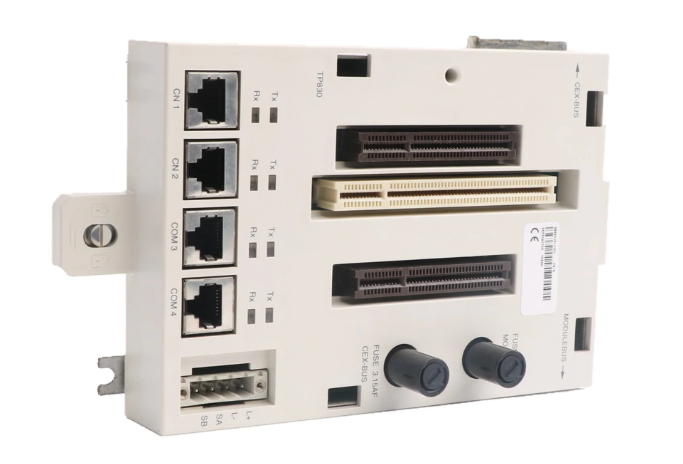
- User name Member Level Quantity Specification Purchase Date
- Satisfaction :
-









Email:wang@kongjiangauto.com

